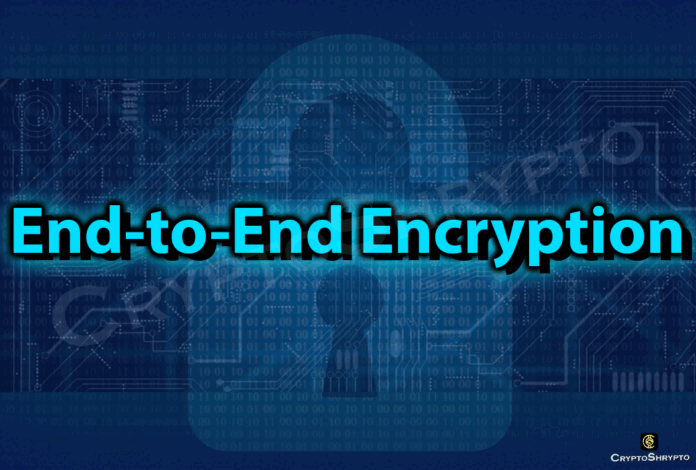End-to-end encryption (E2EE) is a type of communication that protects messages from prying eyes, including the messaging service. When E2EE is used, a communication is only visible in decrypted form to the person sending and receiving the message. The sender is one “end” of the communication, while the receiver is the other; therefore, the term “end-to-end.”
Consider end-to-end encryption to be identical to a letter sent via the mail in a sealed envelope. The person who sends the letter can read it, and the one who gets it can open and read it as well. Employees of the postal service are unable to read the letter since it is still sealed in the envelope.
Many popular examples are Facebook, WhatsApp, and Zoom. These providers have faced controversy over the decision to adopt E2EE. The technology makes it harder for providers to share user information from their services with authorities and potentially provide private messaging to people involved in illicit activities.




